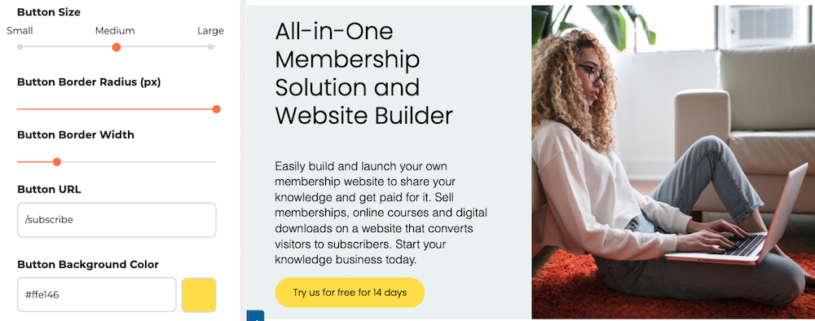Social media marketing is not only the best way to promote an online business but it can be a lot of fun once you start connecting with your audience.
But how do you know how to choose the right platform? Or platforms?
This is a question that could, and possibly should, be extensively researched on behalf of your particular business, and there are probably hundreds of demographic, psychographic and geographic factors to consider. But before you get to that kind of granular nitty-gritty, you might want to start with the basics. Here are 4 steps you can start with to narrow down your focus to the one or two minimum platforms you will want to centre your efforts on in marketing your business on social media.
1. Know your audience.
Generally speaking, each platform’s followers tend to fall into a certain demographic*. LinkedIn’s audience tends to be college educated professionals. Pinterest’s visual platform is fairly heavily skewed to a female audience. Instagram’s audience is largely urban and leans toward females and young adults. Twitter’s demographic is similar to Instagram’s but with fewer falling into the highest income brackets. Facebook holds the largest audience with over 2 billion users. Chances are your ideal clients are in there somewhere, but how do you attract their attention? Advertising is one way, and content is another. If you can determine what kind of content your audience is likely to respond to, you will be ahead of the game. Is it long posts? Memes? Controversy? Live video? The better you know your. potential followers, the more specifically you can target them on any of the social media platforms.
2. Know your goals.
What kind of response are you trying to get on social media? Facebook is well known as fertile ground for relationship building, so you may be using it primarily as a lead generation tool. Once you have your followers' attention on your Facebook page, you can then lead them over to your website where you might be holding a webinar, for example. Pinterest tends to be the platform of choice when product sales is the goal. You can link your images to your commerce store or sales page. If you are a lifestyle blogger or influencer, especially in the young adult category, Instagram is the place to be.
3. Know your competition.
Google is a great place to start when researching your competition’s social media presence. When you google your (and/or their) keywords, what comes up in search results? You will likely see what social media platforms they are focusing on. Take a look and see what they are posting, how often, and what kind of engagement they are getting in return. You don’t necessarily want to use the same platforms they are using but you will at least be making a more informed decision.
.
4. Know yourself.
A very important factor to consider at the outset is to know your own desires and limitations. What kind of content do you like to create? Are you visually oriented or prefer to write? Do you have the time to post every day or every week? Can you outsource? What means do you have at your disposal to track results?
Posting on social media can be a fun business activity. Always remember to adhere to each platform’s rules of engagement. Your ultimate goal is to create and engage with followers who will ultimately find their way to your website, where they can get to know you even better. With all that exposure, you can start building your reputation as an authority in your field, and your audience will think of you first when looking for the trusted expert they need.
Happy posting!
* https://sproutsocial.com/insights/new-social-media-demographics/
Don't have a SubHub website yet? Start a free trial today.




